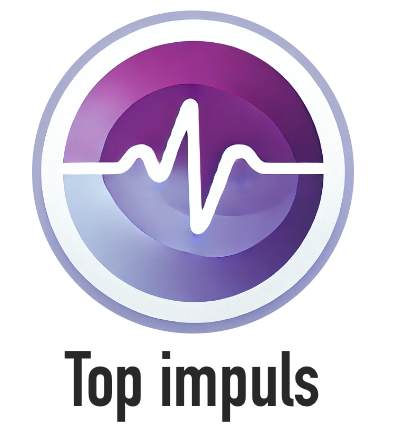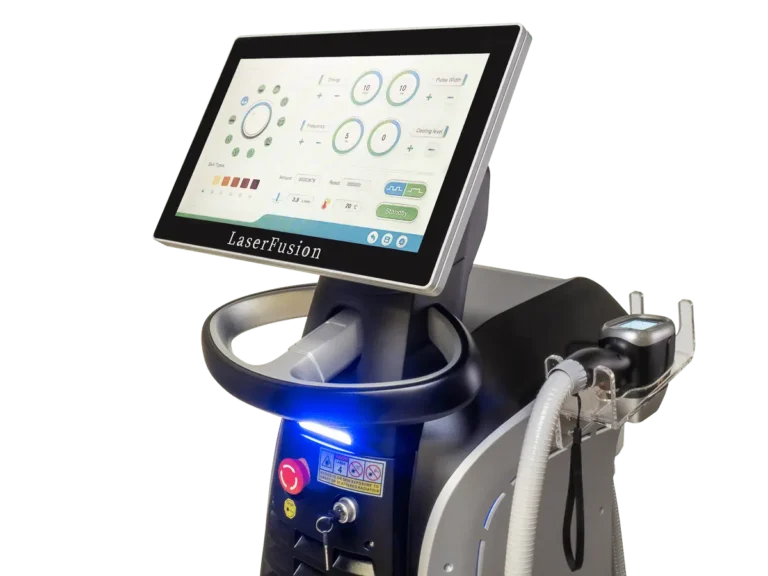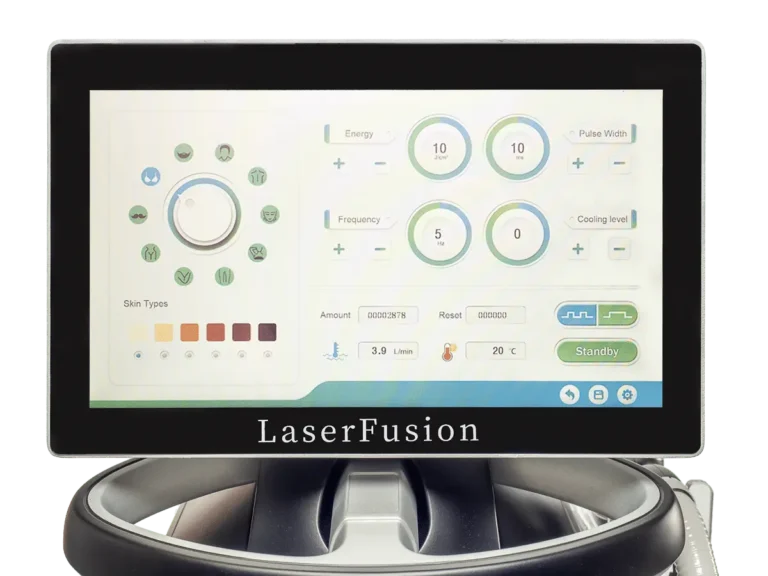The world of sports has witnessed a remarkable transformation in recent years, fueled by the rise of wearable technology. These advanced fitness trackers and smart devices are now playing a pivotal role in the analysis and optimization of athletic performance. From elite professional athletes to weekend warriors, the adoption of wearables has become increasingly widespread, revolutionizing the way individuals approach their training and competition.
Wearable technology has emerged as a game-changer in the realm of sports performance analysis. These innovative devices, equipped with a vast array of sensors, are capable of capturing a wealth of data that was once beyond the reach of coaches, trainers, and athletes. By seamlessly integrating with the user’s body, wearables provide unprecedented insights into various aspects of physical activity, ranging from heart rate and movement patterns to energy expenditure and recovery metrics.
The integration of wearable technology into the sports ecosystem has ushered in a new era of data-driven decision-making. Coaches and athletes can now access real-time biometric feedback, empowering them to make informed adjustments to their training regimens, nutrition plans, and recovery strategies. This data-driven approach has not only enhanced the overall performance of athletes but has also contributed to improved injury prevention and reduced recovery times.
Key Takeaways
- Wearable technology has revolutionized sports performance analysis by providing unprecedented insights into athletic data.
- Fitness trackers and smart devices equipped with sensors capture a wealth of biometric data, enabling data-driven decision-making for coaches and athletes.
- The integration of wearables has led to enhanced training efficiency, improved injury prevention, and optimized recovery times.
- Wearable technology has become an essential tool for coaches and athletes seeking to maximize their performance and achieve their goals.
- The continued advancements in wearable technology are expected to further transform the way sports are analyzed and optimized in the future.
Understanding Wearable Technology in Sports Analytics
In the realm of athletic performance optimization, wearable technology has become an indispensable tool for coaches, trainers, and athletes alike. These devices, equipped with advanced sensors, are revolutionizing the way we approach biometric data analysis and sports performance optimization.
At the heart of wearable technology lies the ability to capture and analyze real-time data from an athlete’s body. From heart rate and breathing patterns to movement and activity levels, these smart devices provide unprecedented insights into an individual’s physical condition and overall athletic performance.
By leveraging the power of biometric data analysis, coaches and athletes can gain a deeper understanding of their training regimens, recovery processes, and ultimately, their competitive edge. This data-driven approach empowers them to make informed decisions, optimize training strategies, and effectively prevent injuries – all crucial elements in the pursuit of athletic performance optimization.
| Feature | Benefit |
|---|---|
| Real-Time Monitoring | Allows coaches and athletes to track performance metrics in real-time, enabling immediate adjustments and intervention. |
| Personalized Feedback | Provides individualized insights, enabling tailored training plans and recovery strategies for each athlete. |
| Injury Prevention | Identifies potential risk factors and early warning signs, empowering proactive measures to mitigate the risk of injuries. |
As the adoption of wearable technology continues to grow, the sports industry is poised to witness a transformative era where data-driven decision-making becomes the cornerstone of athletic performance optimization. By embracing these innovative tools, coaches and athletes can unlock the full potential of their abilities and strive for unparalleled success.
The Evolution of Smart Fitness Tracking Devices
The fitness tracking industry has come a long way from the simple pedometers of the past. Today, smart wearable technology offers a wealth of features and capabilities that revolutionize how we monitor and analyze our activity monitoring. Let’s explore the evolution of these cutting-edge devices.
From Basic Pedometers to Advanced Sensors
The journey began with basic step counters, but the modern fitness tracker has blossomed into a multi-sensor powerhouse. These devices now integrate a range of advanced sensors, including heart rate monitors, GPS, and even electrocardiogram (ECG) capabilities. This wealth of data provides unprecedented insights into an individual’s physical performance and overall health.
Integration with Smartphone Technology
The rise of smart wearable technology has been closely tied to the ubiquity of smartphones. Fitness trackers seamlessly sync with mobile devices, allowing users to view their data, track progress, and even receive real-time coaching and feedback. This integration has made fitness tracking more accessible and user-friendly than ever before.
Cloud-Based Data Management Systems
The confluence of wearable technology and cloud computing has revolutionized the way we manage and analyze fitness data. Fitness trackers now upload user data to secure cloud platforms, enabling users to access their information across multiple devices and share it with healthcare providers or training specialists. This cloud-based approach has transformed the landscape of activity monitoring and sports performance analysis.
Wat maakt wearables essentieel voor sportprestatieanalyse?
In de moderne sportwereld zijn wearables uitgegroeid tot onmisbare tools voor het optimaliseren van athletic performance. Deze geavanceerde apparaten bieden sportpresteerders en coaches ongekende inzichten in de realtime prestaties, waardoor zij gerichte beslissingen kunnen nemen om de trainingsprogramma’s te verbeteren.
Een van de belangrijkste voordelen van wearables is hun vermogen om real-time coaching mogelijk te maken. Door continue monitoring van biometrische gegevens zoals hartslag, ademhaling en bewegingspatronen, kunnen trainers onmiddellijk inspelen op de behoeften van de atleet. Deze onmiddellijke feedback stelt teams in staat om aanpassingen door te voeren tijdens trainingen, waardoor de efficiëntie aanzienlijk wordt verbeterd.
| Voordeel | Beschrijving |
|---|---|
| Realtime inzichten | Wearables bieden coaches en atleten onmiddellijke toegang tot belangrijke prestatiegegevens, waardoor zij snel kunnen inspelen op veranderingen. |
| Gegevensgestuurde training | Trainers kunnen trainingsprogramma’s optimaliseren op basis van objectieve, gedetailleerde gegevens over de fysieke en mentale status van de atleet. |
| Blessurepreventie | Door het monitoren van bewegingspatronen en andere biometrische gegevens, kunnen wearables waarschuwingssignalen geven voor mogelijke blessures, zodat preventieve maatregelen kunnen worden genomen. |
Het is duidelijk dat wearables een transformerende rol spelen in de athletic performance optimization en real-time coaching in de moderne sportwereld. Door het leveren van waardevolle inzichten in realtime, stellen deze apparaten trainers in staat om individuele trainingsplannen te ontwikkelen en de algehele prestaties van atleten aanzienlijk te verbeteren.
Real-Time Biometric Data Collection and Analysis
In the realm of sports analytics, the integration of wearable technology has revolutionized the way athletes and coaches approach performance optimization. These advanced devices have the remarkable ability to capture and analyze a wealth of biometric data, providing unprecedented insights into an individual’s athletic abilities.
Heart Rate Variability Monitoring
One of the key metrics tracked by sports wearables is heart rate variability (HRV). This measure of the subtle fluctuations in the time interval between heartbeats can offer valuable insights into an athlete’s biometric data analysis and overall well-being. By monitoring HRV, coaches can gain a deeper understanding of an athlete’s recovery, stress levels, and readiness for athletic performance optimization.
Movement Pattern Analysis
In addition to heart rate data, wearable devices are capable of precisely tracking an athlete’s movement patterns. Through the integration of advanced sensors, these technologies can analyze an individual’s gait, stride length, and other biomechanical factors. This detailed movement pattern analysis empowers coaches to identify areas for improvement and fine-tune training regimens for optimal results.
Performance Metrics Tracking
- Power output
- Calorie expenditure
- Training load
- Recovery time
Wearables also provide a comprehensive suite of performance metrics, enabling athletes and coaches to monitor key indicators of success. By tracking data points such as power output, calorie expenditure, training load, and recovery time, these devices offer a holistic view of an individual’s athletic performance optimization.
| Metric | Significance |
|---|---|
| Heart Rate Variability | Insights into athlete’s recovery, stress levels, and readiness |
| Movement Patterns | Identification of areas for improvement and fine-tuning of training |
| Performance Metrics | Comprehensive view of an individual’s athletic performance |
The integration of real-time biometric data analysis through wearable technology has become an essential component of modern sports analytics, empowering athletes and coaches to optimize performance and achieve new levels of success.
Enhancing Training Efficiency Through Wearable Insights
In the realm of sports performance analysis, wearable technology has emerged as a game-changer, offering athletes and coaches unprecedented insights into the nuances of training and recovery. By harnessing the power of training load management and recovery tracking, these advanced devices provide a clear roadmap to optimize training efficiency and maximize athletic potential.
One of the core benefits of wearables in this domain is their ability to track and analyze an athlete’s physiological data in real-time. This comprehensive data set includes metrics such as heart rate variability, movement patterns, and key performance indicators, all of which can be used to fine-tune training regimens and ensure optimal recovery periods.
| Metric | Benefit |
|---|---|
| Heart Rate Variability | Provides insights into the athlete’s autonomic nervous system, allowing for the identification of optimal training loads and recovery periods. |
| Movement Patterns | Analyzes an athlete’s form and efficiency, enabling targeted adjustments to technique and movements to enhance performance. |
| Performance Metrics | Tracks key indicators such as speed, power, and endurance, guiding the development of personalized training programs. |
By leveraging these insights, coaches and athletes can make informed decisions about training loads, recovery periods, and overall program design, ultimately leading to more efficient and effective training regimens. This data-driven approach not only helps prevent overtraining and injury but also unlocks new levels of athletic excellence.
“Wearable technology has revolutionized the way we approach sports performance analysis, empowering athletes and coaches to make data-driven decisions that maximize training efficiency and recovery.”
As the adoption of wearable technology continues to grow in the sports industry, the ability to optimize training through insights gathered from these devices will become increasingly crucial for athletes and teams seeking a competitive edge.
Injury Prevention and Risk Assessment Features
As the world of sports wearables continues to evolve, athletes and coaches alike are discovering the invaluable benefits these devices offer when it comes to injury prevention and risk assessment. Cutting-edge wearable technologies are now equipped with features that can help minimize the risk of injuries and optimize recovery time, allowing athletes to perform at their best while mitigating the hazards of their chosen sport.
Early Warning Systems
One of the standout features of modern sports wearables is their ability to serve as early warning systems, alerting athletes and their support teams to potential issues before they escalate. By continuously monitoring key biometric data, these devices can detect subtle changes that may indicate an increased risk of injury, enabling proactive intervention and preventive measures.
Biomechanical Analysis
Wearable sensors integrated into sports apparel and equipment can provide detailed insights into an athlete’s biomechanics, offering a comprehensive understanding of their movement patterns, joint angles, and overall body mechanics. This data-driven analysis empowers coaches and trainers to identify and address potential areas of concern, refine training techniques, and optimize the athlete’s form to reduce the likelihood of injury.
Recovery Time Optimization
Wearable technologies play a crucial role in monitoring an athlete’s recovery process, providing valuable data on factors such as sleep quality, muscle fatigue, and overall physiological stress levels. By leveraging this information, athletes and their support teams can make informed decisions about when to return to training, ensuring a safe and efficient recovery that minimizes the risk of re-injury or long-term complications.
The integration of injury prevention and risk assessment features into sports wearables has become a game-changer for athletes and coaches, revolutionizing the way they approach injury prevention and training load management. By harnessing the power of these advanced technologies, athletes can confidently push the boundaries of their performance while safeguarding their long-term well-being.
Integration of AI and Machine Learning in Sports Wearables
As the world of sports wearables continues to evolve, the integration of artificial intelligence (AI) and machine learning is transforming the landscape of biometric data analysis and athletic performance optimization. These advanced technologies are revolutionizing the way athletes and coaches approach training, injury prevention, and overall performance enhancement.
One of the key advantages of integrating AI and machine learning into sports wearables is the ability to interpret data more effectively. Wearable sensors can collect vast amounts of biometric data, including heart rate, movement patterns, and energy expenditure. By leveraging AI-powered algorithms, sports wearables can analyze this data in real-time, providing athletes and coaches with deeper insights and personalized recommendations to optimize training and recovery strategies.
Moreover, the predictive capabilities of machine learning are proving invaluable in the world of sports wearables. These technologies can identify patterns and trends within an athlete’s data, enabling them to anticipate potential injuries, predict performance levels, and tailor training programs accordingly. This proactive approach not only enhances athletic performance but also helps reduce the risk of injuries, ultimately extending the careers of elite athletes.
Personalized Recommendations and Insights
The integration of AI and machine learning in sports wearables also facilitates the development of personalized recommendations and insights for individual athletes. By analyzing an athlete’s unique biometric data and performance patterns, these technologies can provide tailored guidance on everything from nutrition and hydration to sleep and recovery strategies.
- Customized training plans based on individual strengths and weaknesses
- Personalized nutrition and recovery recommendations
- Real-time feedback on exercise form and technique
As the field of sports wearables continues to evolve, the synergistic relationship between biometric data analysis and athletic performance optimization will only become more critical. The integration of AI and machine learning is poised to revolutionize the way athletes and coaches approach the pursuit of excellence, ushering in a new era of personalized, data-driven sports performance optimization.
Future Trends in Sports Performance Wearables
As the landscape of smart wearable technology continues to evolve, the future of sports performance optimization holds immense potential. Leading experts foresee advancements in sensor technology that will enable more precise and comprehensive data collection, revolutionizing the way athletes and coaches analyze athletic performance.
Integrating these smart wearables with emerging technologies like artificial intelligence (AI) and machine learning will unlock new frontiers in data analysis. Advanced algorithms will be able to provide personalized insights, helping athletes fine-tune their training regimens and identify areas for improvement. Additionally, the seamless integration of wearables with cloud-based platforms will facilitate real-time data sharing, fostering collaborative efforts between athletes, coaches, and sports science professionals.
Beyond biometric tracking, future sports performance wearables are poised to incorporate innovative features such as predictive injury risk assessment and recovery optimization. By monitoring subtle changes in an athlete’s biomechanics and physiological patterns, these devices will be able to detect early warning signs of potential injuries, empowering athletes and trainers to take proactive measures to prevent setbacks. Furthermore, the integration of wearable technology with emerging therapies and recovery modalities will enable more personalized and effective post-training and post-competition recovery protocols.








